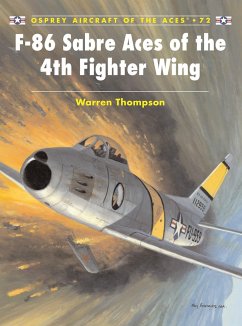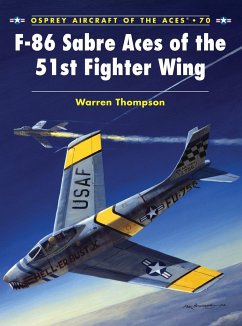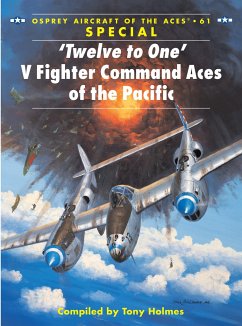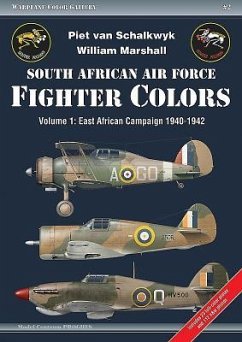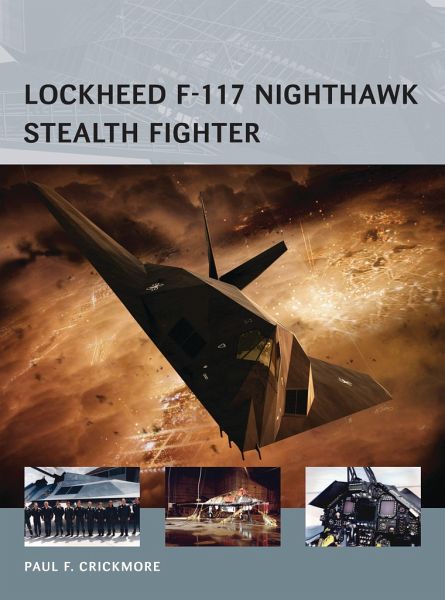
Lockheed F-117 Nighthawk Stealth Fighter
Versandkostenfrei!
Versandfertig in über 4 Wochen
16,99 €
inkl. MwSt.
Weitere Ausgaben:

PAYBACK Punkte
8 °P sammeln!
From its questionable debut over Panama, the shoot-down of a Nighthawk during Operation Allied Force over the former Yugoslavia, to the mind-boggling successes enjoyed by the type in the two Gulf Wars, this is the story of another 'Skunk Works' icon that took aircraft design and operational capabilities to previously unprecedented levels. Even from the earliest days of 'dog-fighting', when pilots attempted to attack their advisories with the sun on their backs, one adage has held true - "you can't destroy what you can't see". Even with the advent of radar the precept remains valid, however, th...
From its questionable debut over Panama, the shoot-down of a Nighthawk during Operation Allied Force over the former Yugoslavia, to the mind-boggling successes enjoyed by the type in the two Gulf Wars, this is the story of another 'Skunk Works' icon that took aircraft design and operational capabilities to previously unprecedented levels. Even from the earliest days of 'dog-fighting', when pilots attempted to attack their advisories with the sun on their backs, one adage has held true - "you can't destroy what you can't see". Even with the advent of radar the precept remains valid, however, the "But how?" conundrum had perplexed aircraft design engineers since the Second World War. Although designers and engineers had a number of tools available to help reduce an aircraft's Radar Cross Section (RCS), ranging from its physical shape, to the use of Radar Absorbent Materials (RAM) - as seen in the A-12/SR-71, any reductions achieved by the mid 1970's were at best modest and certainly not enough to gain "an explicit operational advantage". The magnitude of the problem faced is demonstrated by the radar equation "detection range is proportional to the fourth root of the radar cross-section." That is to say, in order to reduce the detection range by a factor of 10 in number, it is necessary to reduce the target aircraft's RCS by a factor of 10,000 or 40 dBs! However utilising the unrivalled talent available within the legendary Lockheed 'Skunk Works' and what was at the time, ground-breaking computer technology, project 'Have Blue' validated the concept of stealth and evolved into the highly classified 'Senior Trend' (F-117A) programme.




